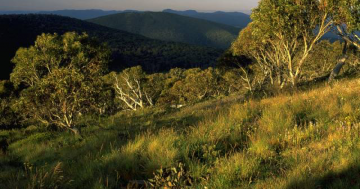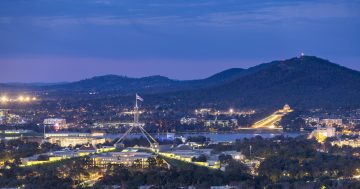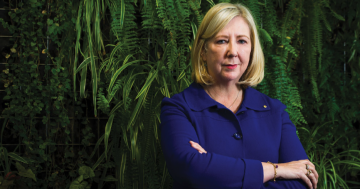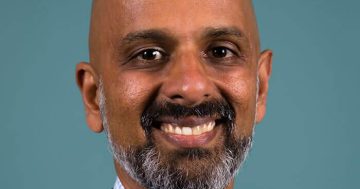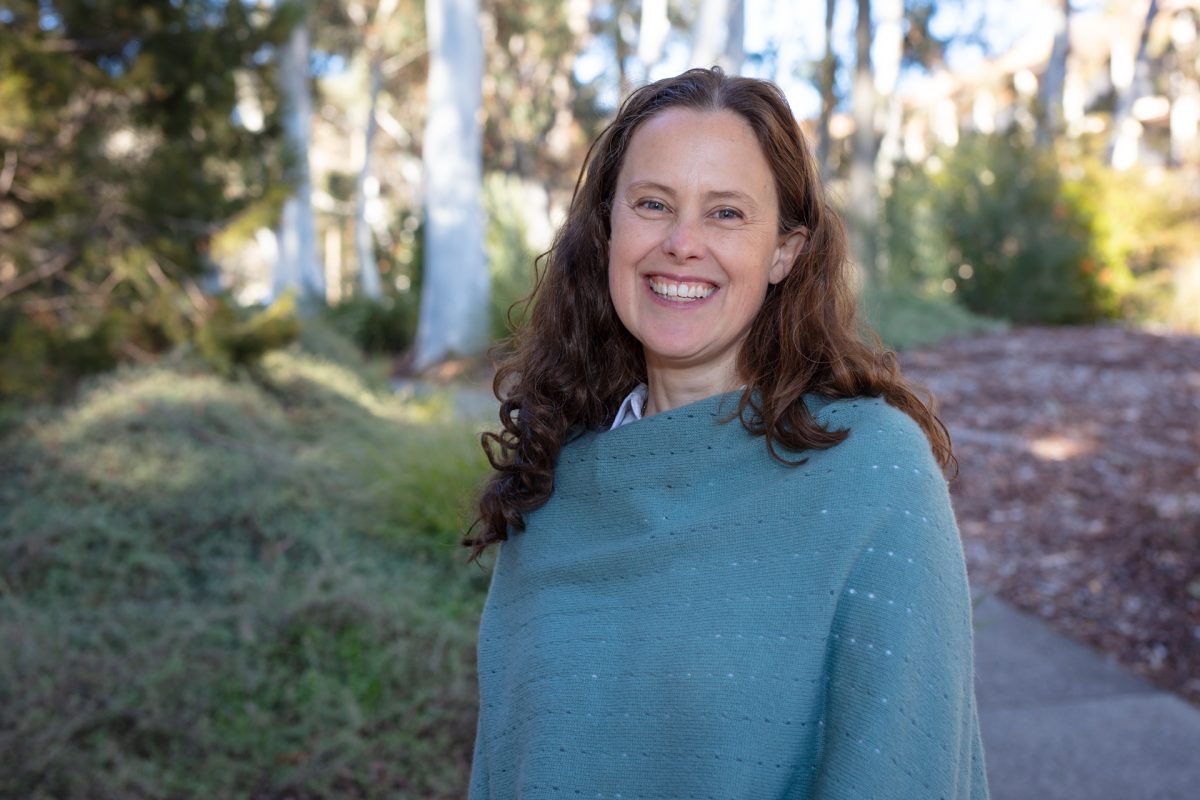
University of Canberra Associate Professor in Law Cristy Clark says the right to a healthy environment is part of the broader context of social equality. Photo: Thomas Lucraft.
When introduced in October last year, the Human Rights (Healthy Environment) Amendment Bill 2023 was widely welcomed by legal and environmental advocates. But in the face of the housing affordability crisis, the question persists: could it hinder housing supply?
One expert says not necessarily.
University of Canberra (UC) Associate Professor in Law Cristy Clark says any potential teething issues need to be considered in the broader context of social equality.
“The right to a healthy environment could be an incredibly strong mechanism for deepened democracy if balanced with other priorities,” she says.
“It does raise the question of delays and procedural hang-ups, but that doesn’t have to be the case if we start to see structural change that ensures the necessary things are baked in. Developers can be leaders on this, and put themselves at the forefront of these issues, engaging in consultation themselves rather than sticking to ways that we know aren’t working for the planet.
“I am sure there will be teething issues, but so many developers are already taking a long-sighted approach with win-win results. They’re demonstrating that there’s no reason for there to be delays if you make it part of your business-as-usual processes. This bill would simply ensure that becomes the norm.”
If adopted, the right to a healthy environment will address elements of “postcode inequality” that impact people’s life expectancy and quality.
This might include a shift away from sustainability schemes that disproportionately benefit certain cohorts, such as homeowners or people with the means to purchase EVs, to schemes that benefit the broader public, such as retrofitting public schools with solar, and loans for e-bikes. It could also include access to green spaces and concentrations of pollution or urban island heat effect.
“We’re already living with the impacts of climate change and we know they’ll only increase,” Dr Clark says. “The right to a healthy environment would put the ACT Government on notice about more clearly articulating its climate adaptation plan and policy and engaging in heavy consultation to ensure equality comes right up on the agenda.”
She says the government will need to seek different perspectives and expertise to ensure the burden of reducing exposure to climate change risks didn’t fall disproportionately on any one group.
“For example, we have access to millennia of expertise from Indigenous people around bushfire management,” she says.
While the right to a healthy environment would compel the government to uphold the environment in decision-making and processes, and people would have the ability to report breaches to the Human Rights Commission, the bill in its current form would preclude them from taking independent legal action to enforce it.
Notably, all other sections under the Human Rights Act allow litigation.
Dr Clark says there is no evidence that allowing litigation as part of the right to a healthy environment will incite a flood of legal action.
“Despite having been around for 20-odd years, there have been relatively low levels of litigation under the Human Rights Act,” she says.
“Perhaps the concern is about this being a relatively recent right at an international level, so there’s an unknown quantity. Except, if you consider the vast majority of countries in the world have this right protected, that rationale starts to fall away.
“During the public consultation, overwhelmingly people indicated in their submissions that this exception was unnecessary and undermined the right to a healthy environment.
“There have been some suggestions of review down the track, but reviews can be postponed. For that reason, many people would prefer a ‘sunset clause’ – meaning, after five years this exception would be automatically removed. It puts a clock on the clause, and a powerful impetus for the government to act decisively.”
In an ideal world, the right to a healthy environment would see a shift from a defensive approach – wherein the public became involved to reduce impacts on their environments – to a proactive approach of future-oriented public engagement.
Dr Clark says it’s an empowering thought for the whole community. But for one particular cohort, it could be game-changing.
“We know there’s a rise in climate anxiety for young people, this is an incredibly valuable opportunity for them to help turn things around,” she says.
“When we invite young people into big decisions that could transform the future – their future – we tap into their creative energy and empower them to envision changes that would increase levels of environmental safety going forward.”












